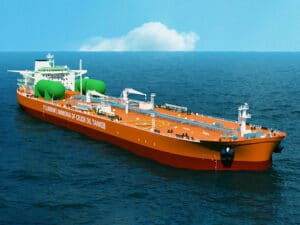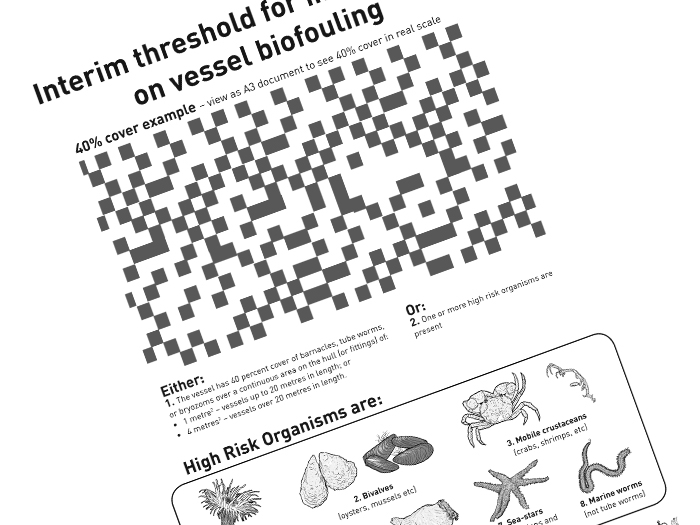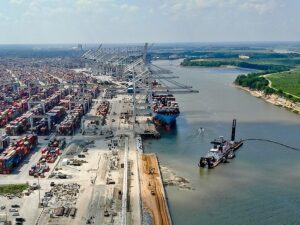
New Zealand bans biofouled bottoms
Written by Nick Blenkey
MARCH 29, 2017 — From May 2018, all vessels arriving in New Zealand will need to have a clean hull.
As we reported in January (see story),hull biofouling can be as big a source of invasive aquatic species (IAS) as ballast water, and in some areas hull biofouling is the primary factor for IAS. In New Zealand, biofouling was found to be responsible for 69% of IAS as opposed to just 3% from ballast water.
Marine pests and diseases brought in on vessel hulls (biofouling) can cause significant harm to New Zealand’s marine biodiversity and its fishing and aquaculture industries. To manage this risk, New Zealand’s Ministry for Primary Industries (MPI) has brought in new requirements that require all vessels to arrive with a clean hull. Complying with the rules is voluntary until May 2018, but, in the meantime, MPI continues to take action on vessels that pose a severe biofouling risk.
Requirements are set out in the Craft Risk Management Standard (CRMS) for biofouling on vessels arriving to New Zealand.
Vessels staying up to 20 days and only visiting designated ports (places of first arrival) will be allowed a slight amount of biofouling. Vessels staying longer and visiting other places will only be allowed a slime layer and goose barnacles.
New Zealand’s CRMS requirements are based on the IMO guidelines for the control and management of ships’ biofouling to minimize the transfer of invasive aquatic species. These provide examples of biofouling management best practice.
Vessels complying with the IMO guidelines will also be compliant with the CRMS.
MPI says you will be able to meet the new clean hull requirements by doing one of the following:
- cleaning the vessel hull before arrival in New Zealand (less than 30 days before arrival)
- doing continual maintenance on the hull (see below)
- treating organisms on the hull (for example, with heat or chemicals) to kill them or make them sterile.
You can also submit an alternative approach to preventing unwanted marine pests (a craft risk management plan) to MPI for approval.
Continual maintenance involves ongoing management of biofouling, including:
- having a biofouling management plan specific to the vessel
- coating the hull with antifouling paint to prevent or minimize biofouling
- regularly inspecting and cleaning the hull
- keeping records to show how biofouling is managed
All vessel operators arriving in New Zealand must now complete a biofouling declaration (part 1 of the Biofouling and ballast water declaration). This is usually sent prior to arrival with the Advance notice of arrival (Customs’ form). The advance notice of arrival form you use will depend on your vessel type.





Leave a Reply
You must be logged in to post a comment.